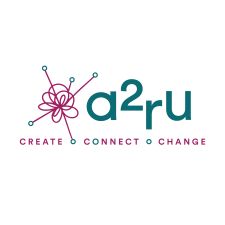Keywords
artificial intelligence; pattern-forming bacteria; deep reinforcement learning; ecological AI; bio-art
Abstract
Today’s AI systems are not built to have reciprocal interplay with their environments and thus they demonstrate little interest in emergence, adaptation or developing mutually productive relationships with the natural world. Is a different kind of AI possible? How can artists contribute to its development? In this essay, I will discuss ways in which the arts might help guide us towards a new kind of AI, built upon adaptive conversation (i.e. shared construction of meaning) with nature. I will discuss how can work with AI while also challenging its prevailing ontology, and even suggest alternative ontologies and epistemologies. I will begin by discussing the development of Beauty, a hybrid machine-microbial artwork by the experimental research collective [phylum] (of which I am a member) that features interactions between an AI system and pattern-forming bacteria. I will then attempt to contextualize the work within the broader history of artistic experimentation with intelligent machines (which date back to the 1950s) and will also discuss how art and intelligent systems offer new zones of negotiation and reciprocity between humans, machines and the more-than-human world.
Creative Commons License

This work is licensed under a Creative Commons Attribution-NonCommercial-ShareAlike 4.0 International License.
Recommended Citation
Castellanos, Carlos
(2023)
"Intersections of Living and Machine Agencies: Art-Based Models of Adaptive Conversation with the More-than-Human World,"
Tradition Innovations in Arts, Design, and Media Higher Education: Vol. 1:
Iss.
1, Article 11.
DOI: https://doi.org/10.9741/2996-4873.1008
Available at:
https://digitalscholarship.unlv.edu/tradition_innovations/vol1/iss1/11
Included in
Artificial Intelligence and Robotics Commons, Fine Arts Commons, Interactive Arts Commons, Interdisciplinary Arts and Media Commons



